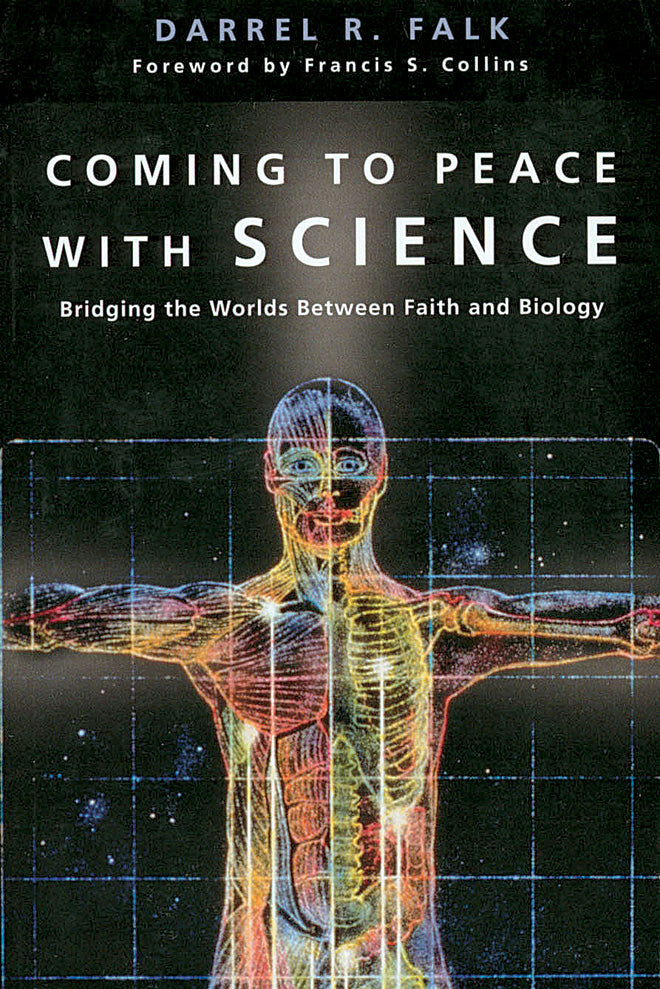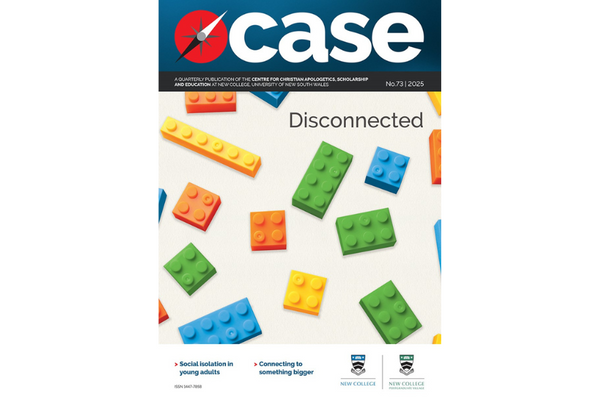Book Review: The Disappearing Chasm Between Evangelical Faith & Science

When I became a committed Christian as a young student at the University of Sydney over 40 years ago, I was studying geology and physics and then moved to biophysics. At the same time, I was studying the Bible and learning more of God’s plan of salvation through Jesus Christ, and there seemed to me to be no disharmony between faith and science. Indeed, I found it exciting to be concurrently gaining a greater understanding of the biblical message as an evangelical Christian and, at the same time, to be learning more about the long-term processes whereby God had created and transformed our world into what it is today and to wonder at the extraordinary elegance of that world from sub-atomic particles to highly complex organisms and to the universe beyond our earth.
However, over the last few decades, I and many others have been distressed at the growing movements among some evangelical Christians to treat the Bible, particularly the early chapters of Genesis, as if it were a scientific textbook, to make a literal interpretation of the creation accounts almost a fundamental credal belief. Such movements also try to indicate that much of modern science, where it seems to contradict such literal interpretations, is grossly flawed, and that all scientists involved are out to discredit Christianity. All this can only cause a major crisis of faith for Christians, particularly those with some understanding of science, who want to be true to their faith and yet keep their intellectual integrity. It can also encourage those with some scientific knowledge to discount evangelical Christianity and, hence, to drive a wedge between them and the gospel message.
I have, therefore, found the new, very readable, book Coming to Peace with Science: Bridging the Worlds between Faith and Biology, by Dr Darrel R. Falk, to be an extremely timely work which I believe successfully does what its title suggests. I anticipate that this book will play a very significant role in sensitively bridging the gap between faith and the developments of modern science, especially for those evangelical Christians who are fearful of moving away from a literalistic view of the creation account in Genesis. Darrel Falk is particularly well qualified to address this issue, since he came from such a background himself, and still maintains his own strong personal faith in his Creator and Redeemer. He, also, has been especially concerned about some viewpoints which threaten to open up a chasm between faith and modern science, and states:
If science is not really as wrong as we are being told that it is, and if a sizeable segment of evangelical Christianity continues to tell its children the things that it has been telling them, a chasm is going to open up that will increasingly make Christianity inaccessible to individuals who believe that scientific investigation has revealed the truth about the universe. (p.25)
In chapter 1 of the book he traces his own spiritual journey and his understanding of science: having to take a course in biology, fearful that it might destroy his faith, but finding that he really enjoyed it and ending up pursuing a career to become a Professor of Biology in a research university, specializing in genetics. He mentions his fear at one stage about being accepted back into an evangelical church because of his scientific views. Currently, he has a faculty position at Point Loma Nazarene University in San Diego.
In chapter 2 he explores how evangelical scholars throughout the ages interpreted the Bible, in particular these early chapters of Genesis, and how they came to the conclusion that it should not be treated as a scientific textbook. He suggests that a modern fear of moving away from the opposite position comes from a concern not to “…slide down the slippery slope towards liberalism, where there is little sacred about Scripture…” but that this may result in evangelical Christianity missing out “…on an uphill climb —one that leads us closer to God and to his truth”.
The next four chapters outline the major developments in modern science in relation to the creation. In chapter 3 Falk discusses the time frame of creation, simply and carefully outlining many different forms of evidence relating to the age of the earth and universe, and he discusses their reliability, including different forms of radioactive dating, evidence from the expansion of the universe and the distance of the furthest stars, all pointing to an extremely old earth of about 4.6 billion years and an even older universe. Even the oldest tree ring data, lake sediment data and ice core data suggest dates greater than 12,000, 35,000 and 180,000 years respectively. All of which, he indicates, greatly increase his sense of awe at the greatness and majesty of God.
In chapter 4 he deals at length with the fossil record and its links with the age of rocks, with increasing evidence of new transitional species being found, concluding that the evidence all consistently points to a picture of God “…guiding and influencing a process that involves gradual change…” to create all the organisms of our present world and that God has given us the “…privilege…of being able to peer back in time to see the masterpiece unfolding”.
In chapter 5 he covers the recent evidence for the development of species and the role of geographical isolation such as can occur in isolated islands and lakes, and the evidence of changes in lice species with changes in the gopher species on which they coexist, with implications for their genetic relationships. He discusses the ramifications of continental drift, evidence for its occurrence, the current measurements of that movement, and another estimate of the very old age of the earth. He compares the fauna of Australia with that of South America, with implications for the development of species in both places.
In chapter 6, with simple analogies, he also discusses the revolutionary developments taking place in genetics that enable the lineage of species to be traced by tracking genes, since gene duplications, pseudogenes, the effects of viruses and the arrangement of genes on chromosomes can all leave genetic traces that can enable distinct species to be traced back to common ancestral species.
His final chapter, “Coming to Peace with Biology”, further investigates the biblical passages relevant to some of these scientific issues and then draws together his conclusions and his aim in writing the book: that evangelical Christians will not be made to feel that “sudden creation is one of the canons (or cannons) of their faith”; that if some individuals still wish to believe in sudden creation for themselves that is fine, provided they respect the views of others who disagree; and that “If there is any lesson in this book, it is that the sudden creation view is not compatible with scientific data”(p.232). His concern is that the interpretation of the relevant passages of Scripture should not become a barrier to individuals experiencing God’s love in the church, a situation which indeed nearly happened to him.
Falk’s book, which I very strongly recommend to anyone at all interested in the relationship of evangelical faith and modern science, would be of special value for any students considering creation/evolution issues or as a model approach and framework for teachers raising these issues with students. Another book that would be of value for exploring general in-depth issues of science and the Christian faith, is Science, Life and Christian Belief by Malcolm A. Jeeves and R.J. Berry (Apollos, Leceister, 1999, 305 pp).

Leave a comment
Comments will be approved before showing up.



